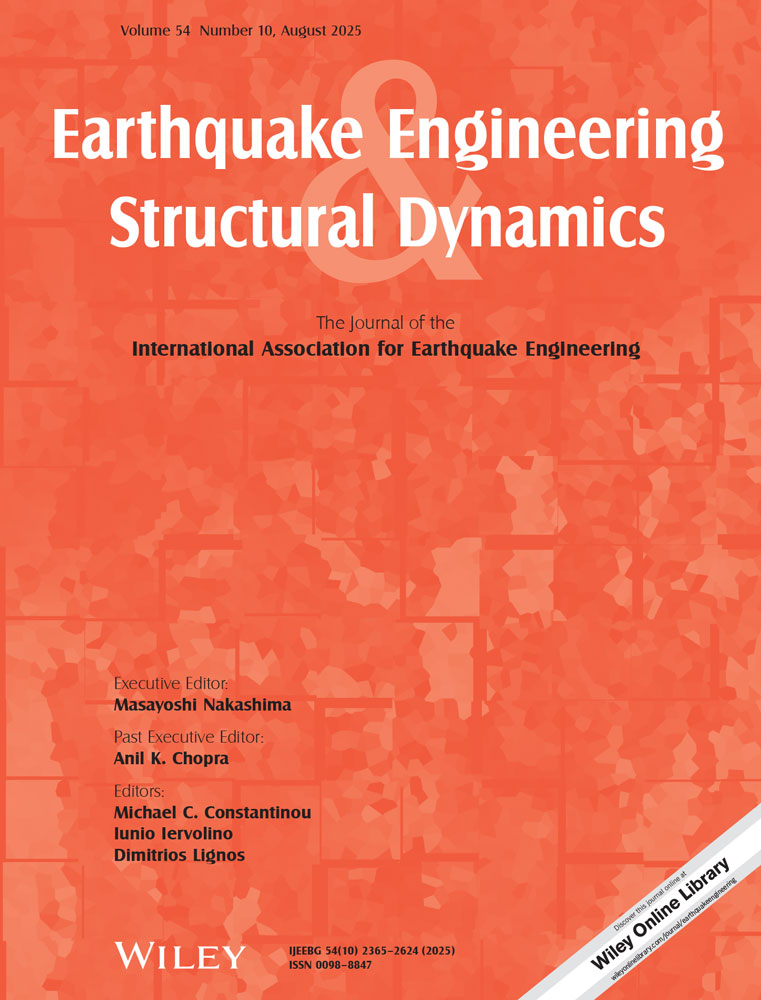The ductility reduction factor in the seismic design of buildings
Abstract
This paper presents new trends in the relationship between the ductility reduction factor and the ductility demand in the seismic design of buildings. A total of 4860 inelastic time-history analyses were carried out to study this relationship using 60 single-degree-of-freedom models excited by an ensemble of 81 earthquake accelerogram records from around the world. The asymmetrical distribution of the results highlighted the inaccuracies associated with assuming a normal distribution simply described by the mean and standard deviation to represent the data. A probability of exceedence approach has been used based on counting the number of occurrences the ductility demand exceeds a specified level. The ductility reduction factors developed in this study are consistent with other studies in the long-period range but are different in the short-period range. The ductility reduction factor for very short period buildings of limited ductility has been found to be greater than previously predicted. © 1998 John Wiley & Sons, Ltd.




